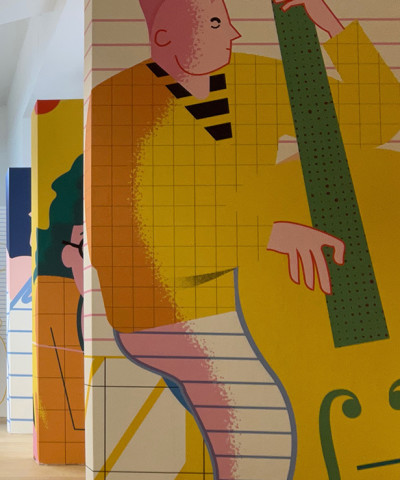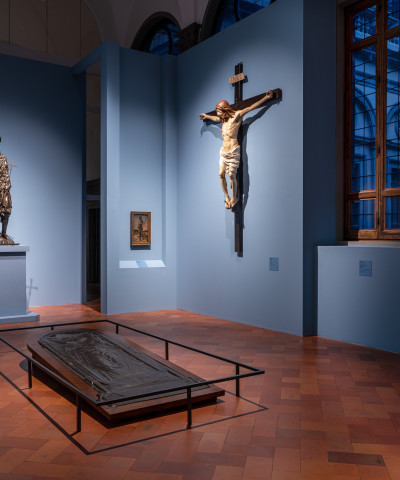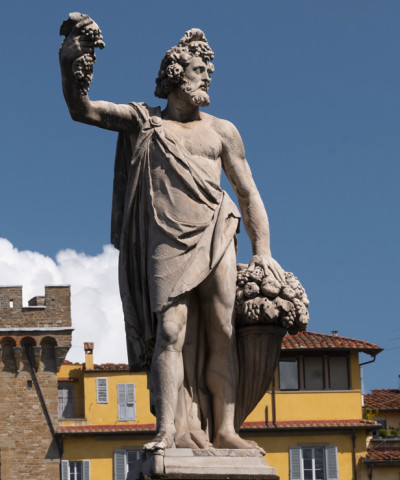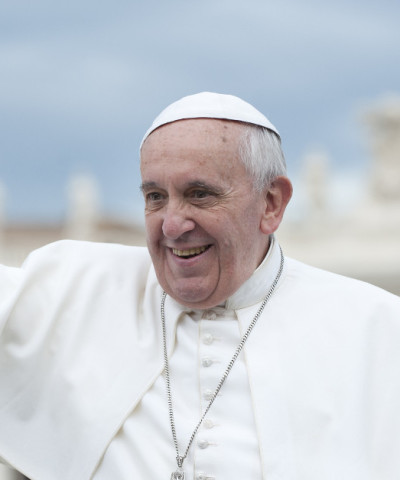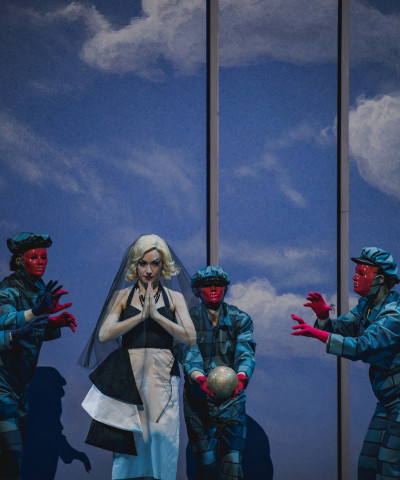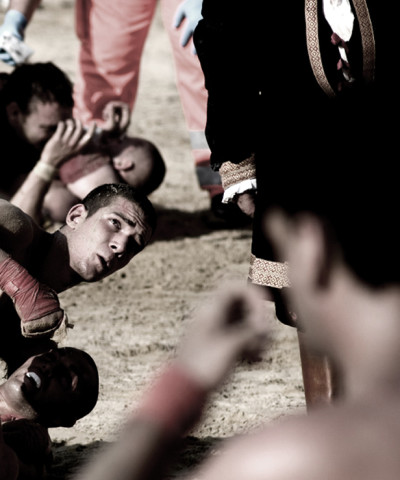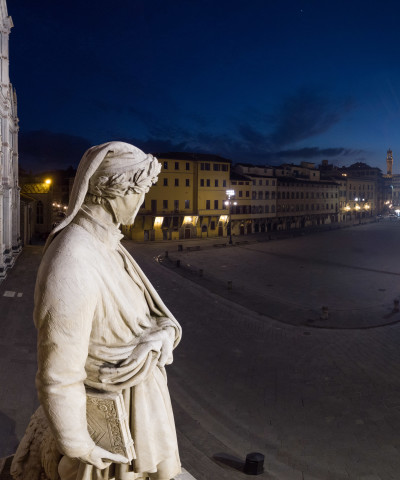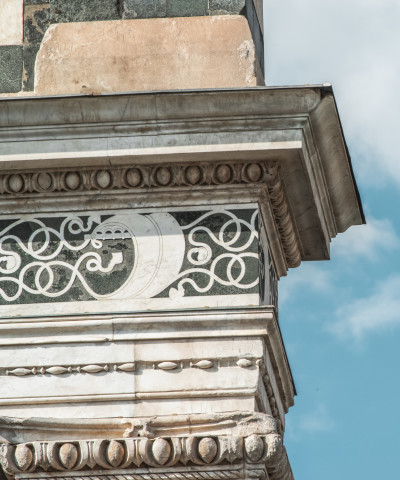Discovering Santa Croce
Scopriamo insieme una delle chiese più belle e famose di Firenze
Our latest visit to the Church of Santa Croce was amazing: in addition to the beauty of the place, we were spellbound by the compelling stories that this place has to tell, stories that are deeply intertwined with the history of Florence and with universally-shared civil and spiritual values.
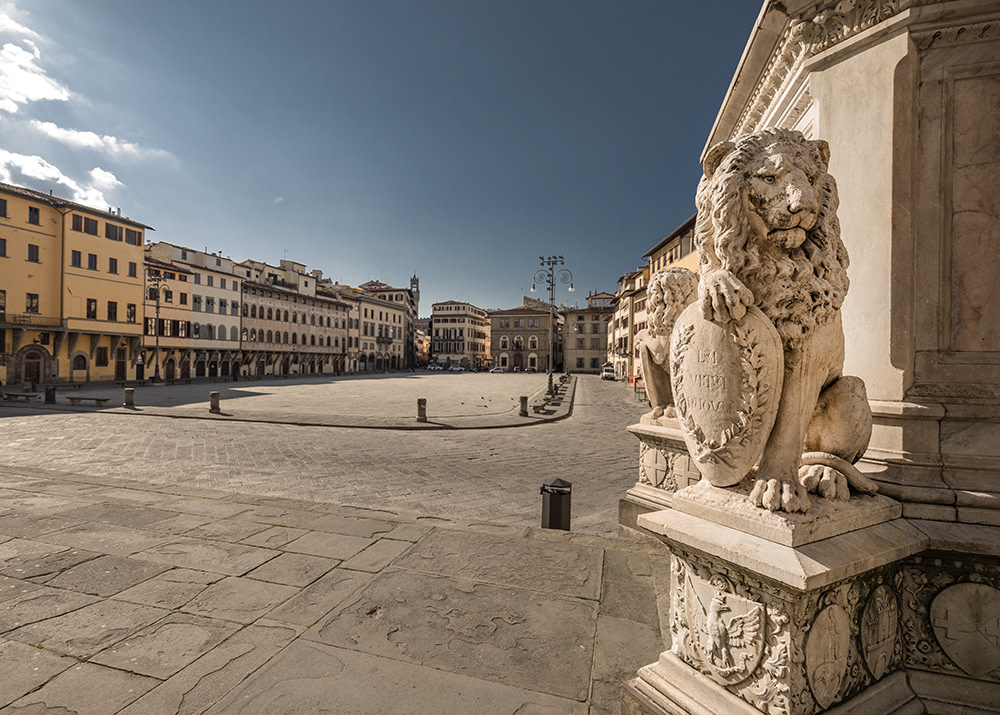 piazza santa croce (ph. Lorenzo Cotrozzi)
piazza santa croce (ph. Lorenzo Cotrozzi)We left the church being fully aware of what Santa Croce represents and why it is considered to be an art icon all over the world. 45 Galileis and 67 Buonarottis are buried here! This was the opening of the story of Santa Croce, a “istorical novel” that spans generations, usages and customs with wonderful simplicity. We walked on the marble gravestone that, in 1950, inspired Hermann Zapf, the creator of the Palatino typeface, to create the Optima font. And to think that sixteenth-century tombs are behind the origin of modern typefaces! We walked by the site of In the name of Michelangelo: the restoration works on the altarpiece proceeded at full speed, while Michelangelo’s tomb appeared from behind the scaffolding.
Then we reached the work of art that brought us back to Santa Croce in the first place: a statue of Liberty, which is very much alike its American counterpart, created by the Florentine sculptor Pio Fedi. The news is that the Statue of Liberty by Bartholdi in New York City may have a precedent in Pio Fedi’s work. This is how the story goes: in 1875, the star of the moment in Florence was this sculptor from Viterbo who lived in town and had just completed the famous Rape of Polyxena statue. He was commissioned with the project of a monument to playwright Giovan Battista Niccolini to be placed on the tomb in the Church of Santa Croce. Pio Fedi’s plaster cast represents a draped female figure holding a crown of laurel in one hand, a clear allegory of Poetry. In those same years the famous French architect Eugene Viollet le Duc came to Florence accompanied by his favorite pupil, Frédéric-Auguste Bartholdi.
What we do not know is if the two French architects had the chance to meet Pio Fedi but, since they all belonged to Masonic lodges, it is highly probable that the three of them met in Florence. In 1877, Pio Fedi’s Liberty of Poetry had been completed but, because of some municipal problems, it remained shut up in the artist’s atelier on Via dei Serragli for several years, until May 1883, when it was finally placed inside the Basilica of Santa Croce and unveiled. Three years later, another important unveiling would take place on a small island in the New York harbor in the middle of the Manhattan Bay: the imposing statue designed by Bartholdi and donated by the people of France to the United States to commemorate the Declaration of Independence of 1776. Both statues are in the neoclassical style and have so many details in common that it is hard to believe that resemblances are due to mere chance: the statues’ position, a broken chain in the hand of the Florentine statue and at the feet of the American one, the crown….. Bartholdi is “guilty”, if not of copying, at least of being inspired by Fedi’s work!
Our tour continued: beauty is a common feature in Florence, but Santa Croce represents something that goes beyond beauty if the Niccolini Chapel, which we visited, caused Stendhal to collapse, and if De Chirico, who was just recovering from a long convalescence, painted his first metaphysical painting, The Enigma of an Autumn Afternoon, while seated on a bench opposite the church’s façade. Before the cenotaph to Luigi Cherubini just outside of the Chapel, we were told that Riccardo Muti is attempting to bring the remains of the famous musician, who was buried in the Cemetery of Père Lachaise, back to Florence, the city he was so fond of. There are so many amazing stories related to the church, such as the one about Vasari who had the fourteenth-century
paintings along the aisles covered in white and grey, which was so fashionable
at the time; so many great moments of poetry and art.
However, all stories have but one protagonist, which has remained unchanged over the centuries: the Opera di Santa Croce.










